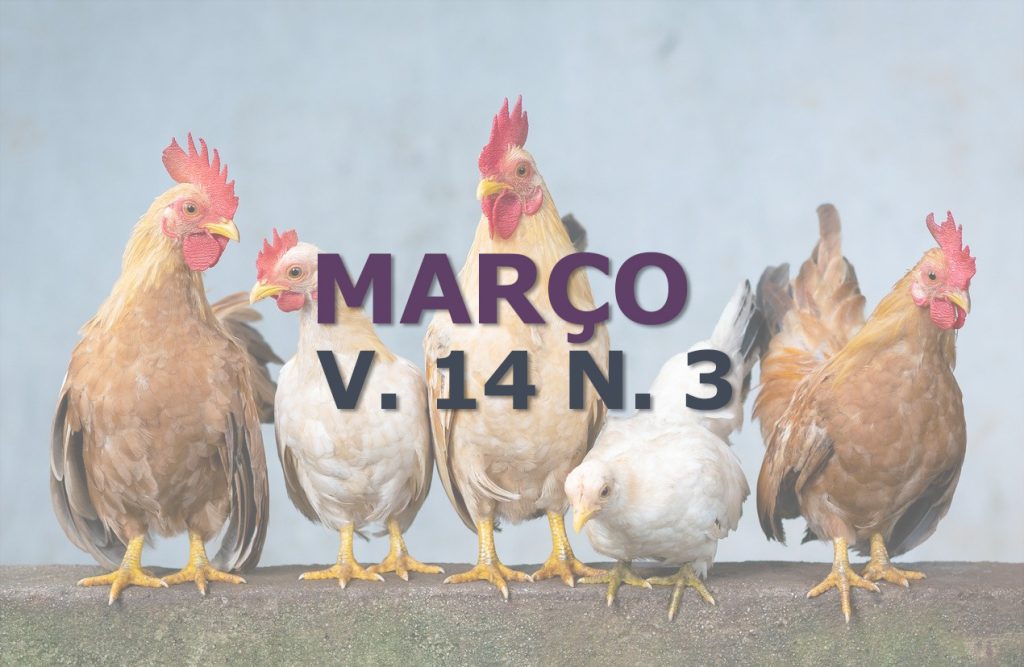Growth promoter in broiler and pig production
DOI:
https://doi.org/10.31533/pubvet.v14n3a532.1-11Keywords:
additive, biosafety, feed conversion, nutrition, performanceAbstract
The pressure for reducing the use of antibiotic growth promoters (AGP) in livestock is an irreversible process, and several countries are adhering to the restrictions on AGP usage. Sweden was the first country that changed laws of AGP usage, and the USA is not only limiting AGP use but also moving towards a significant reduction of general antibiotics usage. The increasing pressure to prohibit the use of these additives is based on the possibility of allergic reactions and induction of cross-resistance of pathogenic bacterial strains in people. In broiler and pig production the AGP is used with the objective of obtaining better results of weight gain and feed conversion. However, considerable variability in performance response to AGP has been observed, contingent on genetic potential, phase of rearing, as well as hygiene and management practices. It is clear that AGP restrictions in the production of animal food are a growing process and therefore its consequences must be evaluated, including its effect on animal performance and the economic results of such restriction. Noting these considerations, the purpose of this review is to disseminate relevant information about the use of antibiotic growth promoters in broiler and pig production.
Downloads
Published
Issue
Section
License
Copyright (c) 2020 Kátia Maria Cardinal, Paula Gabriela da Silva Pires, Andréa Machado Leal Ribeiro

This work is licensed under a Creative Commons Attribution 4.0 International License.
Você tem o direito de:
Compartilhar — copiar e redistribuir o material em qualquer suporte ou formato
Adaptar — remixar, transformar, e criar a partir do material para qualquer fim, mesmo que comercial.
O licenciante não pode revogar estes direitos desde que você respeite os termos da licença. De acordo com os termos seguintes:
Atribuição
— Você deve dar o crédito apropriado, prover um link para a licença e indicar se mudanças foram feitas. Você deve fazê-lo em qualquer circunstância razoável, mas de nenhuma maneira que sugira que o licenciante apoia você ou o seu uso. Sem restrições adicionais
— Você não pode aplicar termos jurídicos ou medidas de caráter tecnológico que restrinjam legalmente outros de fazerem algo que a licença permita.





